What Does CARB 3-Star Mean?

A BoatTEST.com member recently asked, “What exactly does a CARB 3-Star Rating Mean?
Before getting into the CARB system, we must put it in context. For that, a brief history of pollution control is required:
The EPA Forces Change
Congress passed the Federal Clean Air Act in 1970 and gave the newly formed EPA the legal authority to regulate pollution from automotive and other engines. In the early 1990s, the EPA began its phase-in to limit emissions from small gasoline engines including outboard motors. At the time, practically all outboard motors were traditional 2-strokes, except a few small 4-stroke engines under 50-hp.
Typically in these 2-stroke engines, oil mixed with gasoline or injected into the air stream was used for lubrication. Some of the unburned fuel and oil discharged through the exhaust system made its way into the surrounding air and water. EPA’s goal was to reduce those pollutants and others by 75% by the year 2006.
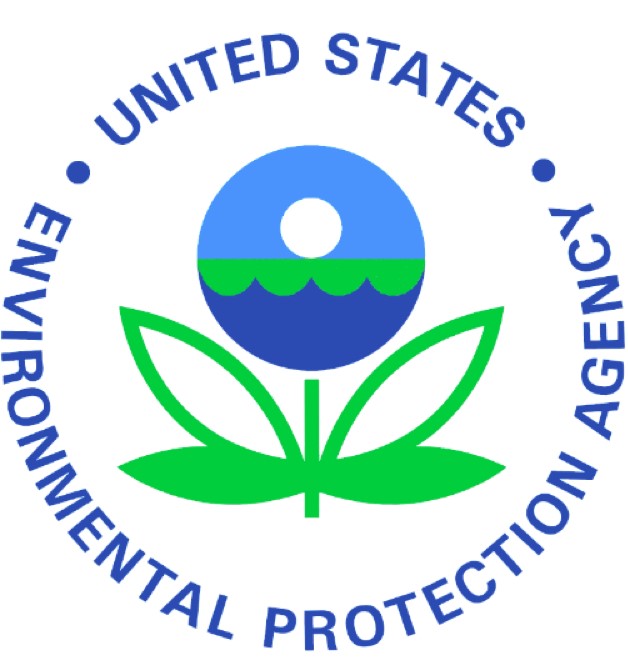
Working with the marine industry, the EPA drew up regulations and gave the manufacturers a timetable for compliance along with credits for early adoption of the reduced emissions. A number of “clean” motor sales could offset a smaller quantity of “less clean” engines.
The ratios were changed in subsequent years to give engine makers a chance to phase in the new technology and sell off the old product. That gave ample time for manufacturers to ramp up production of low-emission products – and that is why emission requirements kept changing as the years went by.
Basically, three emissions are regulated:
All 2-Stroke Engines Are Improved
Outboard motor manufacturers spent millions of dollars developing low-emission computer-controlled 2-stroke engines utilizing direct injection (DFI) to meet regulations. Some recognizable models developed were Mercury Optimax, Yamaha HPDI, Evinrude FICHT and later E-TEC, and Tohatsu TLDI. There were teething pains with the new technology but the motors were more fuel efficient and much cleaner than the previous generation of traditional carburetor and EFI outboards – but they were more expensive.
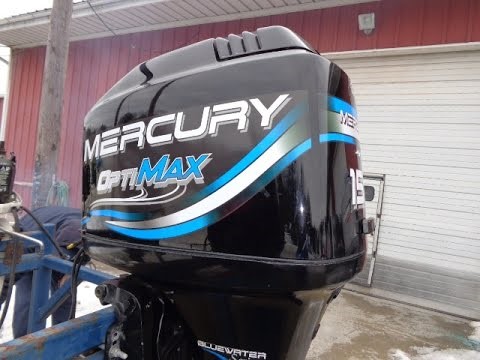
Fuel Injection Was a Major Innovation
Current outboard motors operate on the same principals as these 140-year old concepts however a series of incremental improvements over the years resulted in clean-burning outboards. Fuel injection, both direct and indirect, combined with sophisticated computer controls are the two biggest and most important advancement for lowering emissions and enhancing fuel-efficiency.
The Remarkable 2-Stroke Emission Reversal
Because veteran boaters remembered the old 2-stroke engines which were smoky, smelly, and left an oil slick in the water in the pre-EPA days, they thought that 2-stroke engines would be consigned to the scrap heap. Both Mercury and Evinrude were able to design and manufacture 3-star certified 2-stroke outboards.
The Yamaha 2-stroke engine was the only one that didn’t make the cut, and it was quietly pulled off the American market. It is now sold mostly in 3rd world countries without stringent emission requirements.
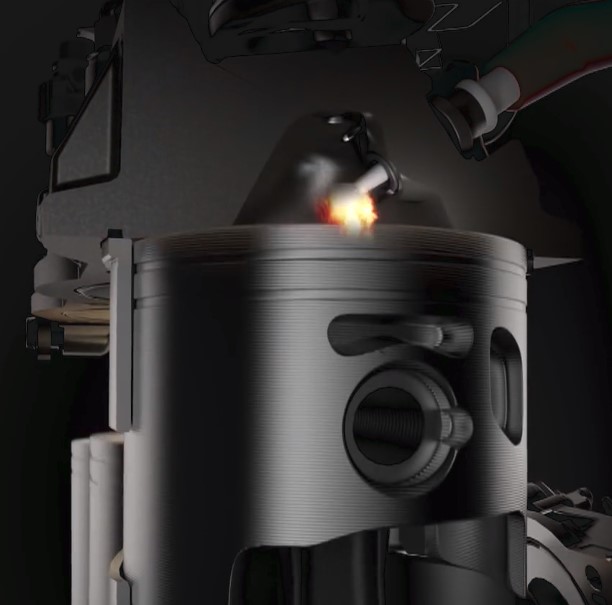
Virtually All 4-Stroke Outboard Engines are 3-Star
Today, nearly all 4-stroke engines have a 3-Star CARB rating, thanks to indirect fuel injection and electronically metered fuel flow. Other countries and the European Union have their own emission laws and testing procedures to which outboard manufacturers must comply to sell in those parts of the world. For example, Lake Constance, situated in Germany, Switzerland, and Austria, has probably the strictest emission requirements in the world. Certain manufacturers have to produce different engine models just to meet those other countries’ limits. Australia recently adopted the existing EPA regulations for their emissions standards starting in July 2018 simplifying the importing of already certified motors which benefits everyone.
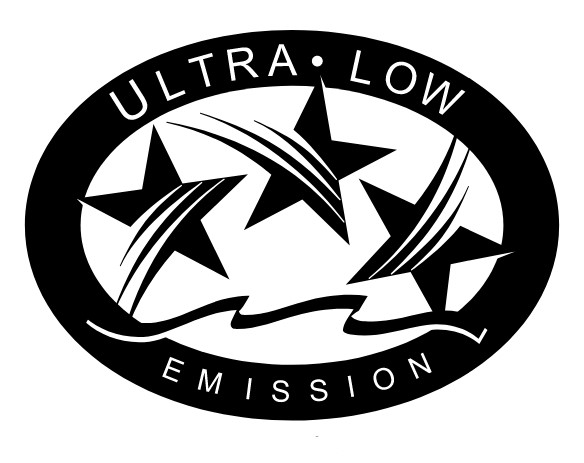
The Answer
Today, all but a few large outboard engines built for sale in the U.S. in 2018 or later are 3-Star CARB rated. Those that are not are 2-Star. As a result, as a group, they are the most fuel-efficient outboard engines ever built for the mass market. The 3-Star rating on an outboard engine means that it meets the CARB’s 2008 emission standard which is 65% less than the 1-Star which was CARB’s 2001 standard, 45% less than the 2004 2-Star rating, and it is 90% cleaner than the EPA’s 1998 standard.
If you have a question about any boating subject, we’ll try to answer it. Ask here...
- HC - hydrocarbons – principal component emitted with igniting petroleum products
- NOx - oxides of nitrogen – formed by the high combustion temperatures (air is 80% nitrogen)
- CO - carbon monoxide – caused by the incomplete burning of carbon-based compounds
A complex formula and testing procedure was put in place to measure these three emissions. While emission standard became stricter as the phase-in occurred and the California Air Resources Board (CARB) had its own set of even more rigorous standards, both the EPA and CARB were measuring the same three elements.
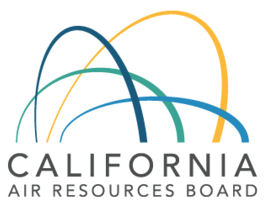
C.A.R.B. Sets the Pace
California’s Air Resources Board (C.A.R.B.) aggressively enacted stricter emission regulations for outboards sold in that state, which went into effect sooner than the EPA 2006 guidelines. C.A.R.B. instituted a STAR numbering system to identify the “cleanliness” of an outboard motor, applying it to both 2-stroke and 4-stroke technologies. There was no banning of 2-strokes if they met the applicable requirements.
- 1-STAR (low emission) -- equivalent to EPA 2006 limits - went into effect in 2001
- 2-STAR (very-low emission) -- 20% cleaner than 2006 EPA limits - went into effect in 2004
- 3-STAR (ultra-low emission) -- 65% cleaner than 2006 EPA limits - went into effect in 2008

Because the 3-STAR rating emission requirement is 65% of an already existing 75% cleaner EPA or 1-STAR certified outboard, a 3-STAR certified motor today emits less than 10% of the emissions recorded from an average pre-1998 outboard.